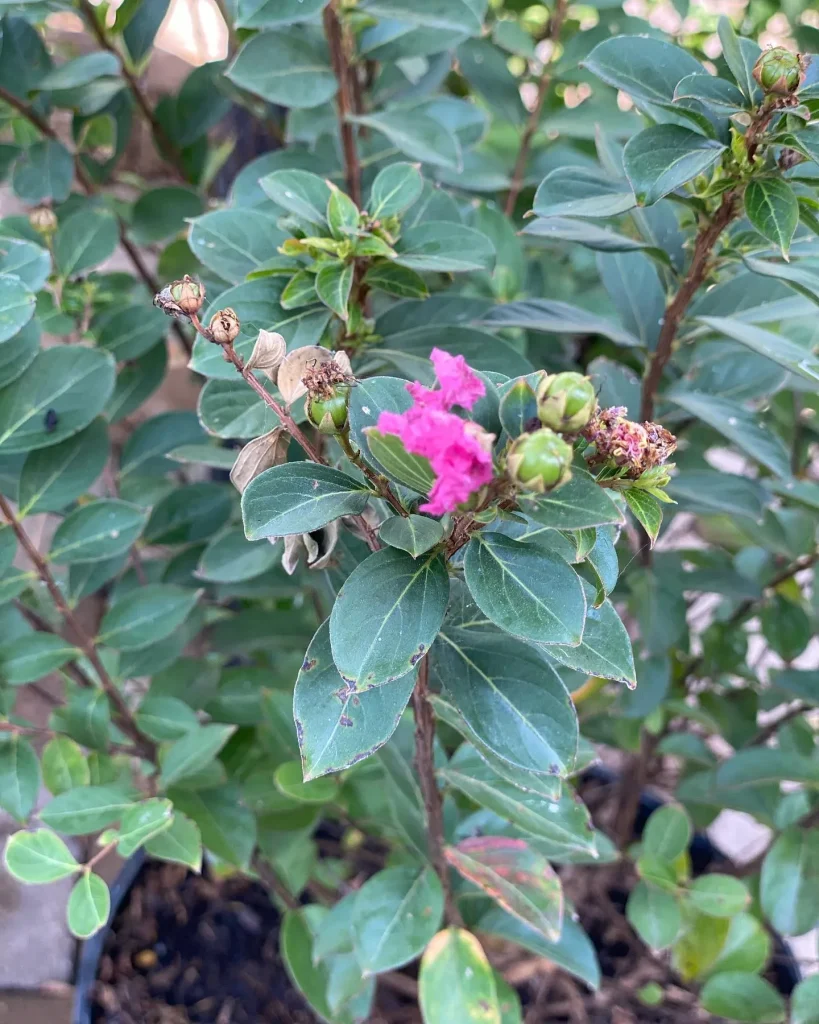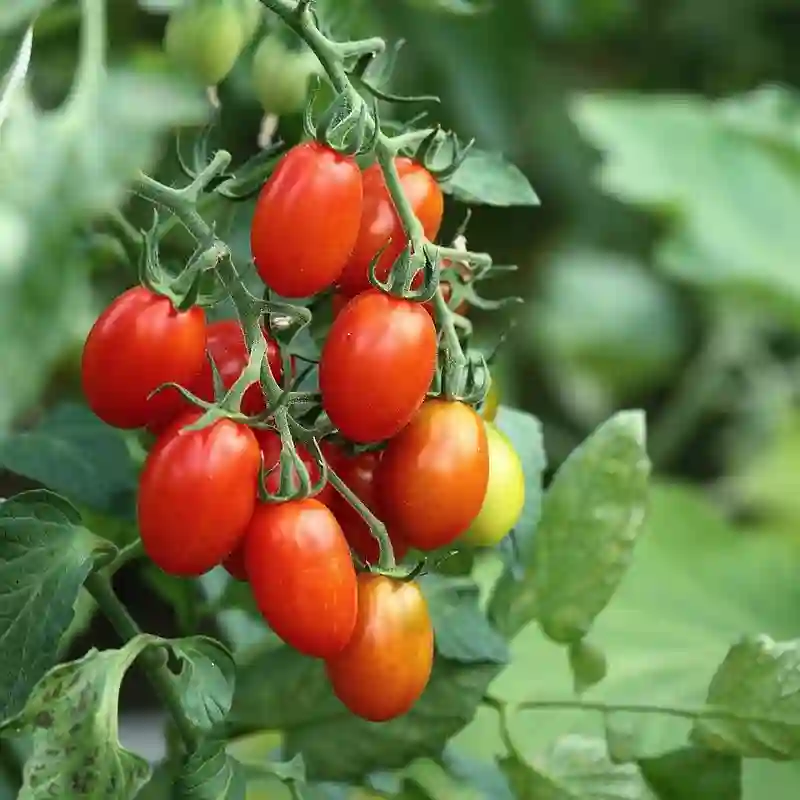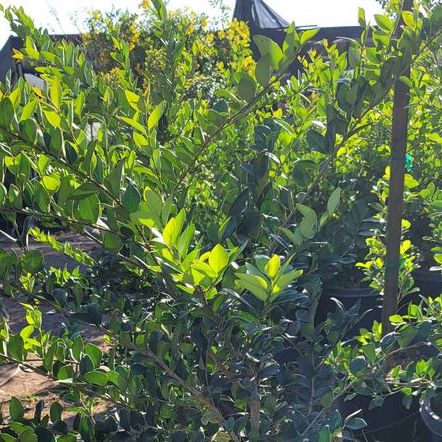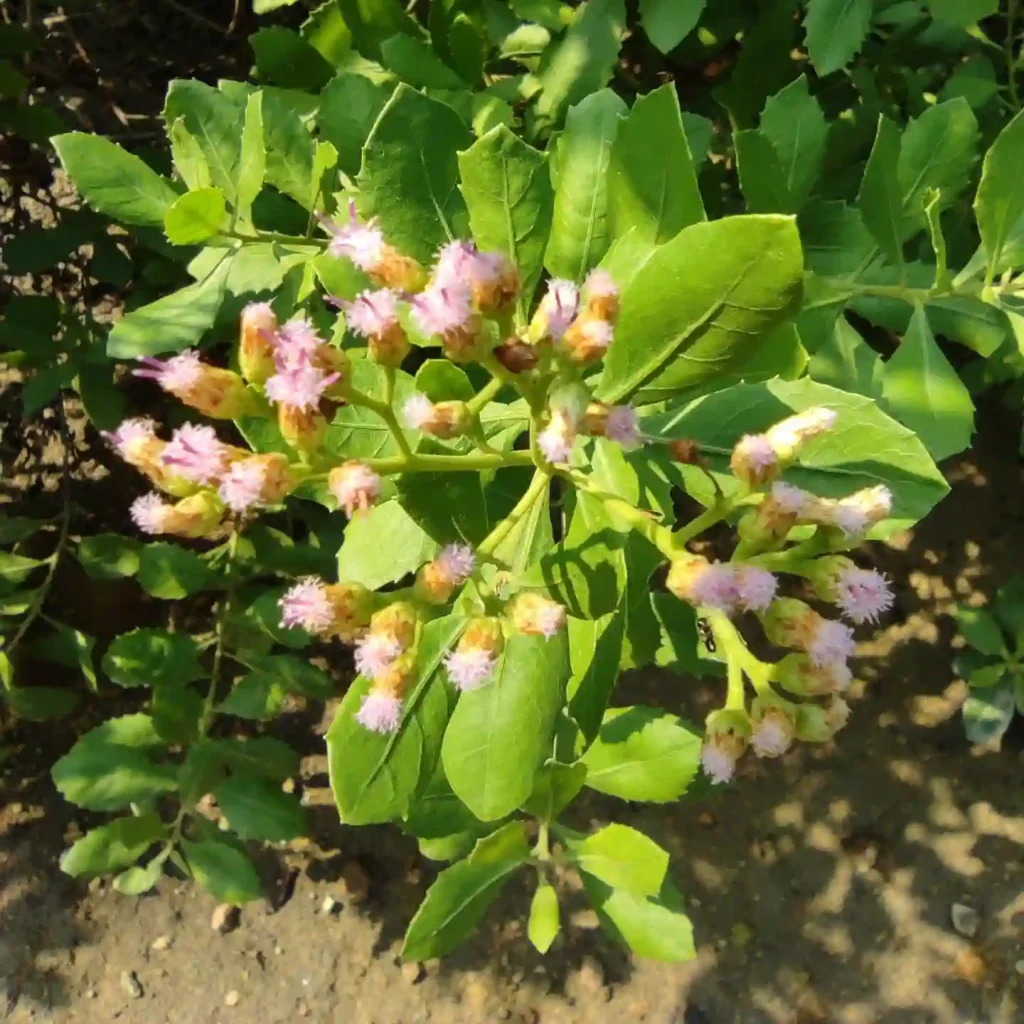The Dennstaedtiaceae Family: Exploring a Diverse Group of Ferns
The world of ferns has always intrigued me, and one family that stands out for its diversity and unique characteristics is the Dennstaedtiaceae. This family, often referred to as the bracken fern family, includes an interesting collection of genera that I’ve explored over time. Let me share my experiences with some notable genera in this group: Blotiella, Dennstaedtia, Histiopteris, Hiya, Hypolepis, Leptolepia, Microlepia, Monachosorum, Paesia, and Pteridium. These ferns thrive in various habitats, and their adaptability makes them an essential part of many ecosystems.
Blotiella: The Large Tropical Ferns
When I first encountered the genus Blotiella, I was struck by its size. Native to tropical regions, these ferns are characterized by their large, feathery fronds. They thrive in moist, shady areas, making them perfect for humid environments. Blotiella’s fronds can spread out wide, creating an almost umbrella-like canopy. For anyone looking to create a lush, tropical garden, Blotiella adds that exotic touch. The ferns are relatively easy to maintain as long as they’re kept in damp, fertile soil. Watching their fronds unfurl is truly a joy.
Dennstaedtia: The Hay-Scented Ferns
The Dennstaedtia genus, particularly the Dennstaedtia punctilobula, or hay-scented fern, holds a special place for me. I’ve often seen these ferns carpeting forest floors, their fine-textured fronds swaying gracefully in the breeze. What makes them unique is their hay-like scent, which intensifies as the fronds are crushed or disturbed. These ferns are resilient and can thrive in various soil types, making them a reliable option for naturalizing large areas. One thing to note is that they can be aggressive spreaders, so it’s essential to manage their growth if you want to maintain order in your garden.
Histiopteris: The Bat’s Wing Ferns
I remember being fascinated by the bat-shaped fronds of Histiopteris ferns. Commonly known as the bat’s wing fern, these ferns can be found in moist, shaded forests. The fronds have a unique triangular shape, resembling the wings of a bat. One of the most widespread species, Histiopteris incisa, can be found in tropical and subtropical regions around the globe. They prefer well-drained, acidic soils, and once established, they can grow rapidly. These ferns are perfect for adding a touch of wild elegance to any landscape.
Hiya: A Lesser-Known Genus
The genus Hiya is one that not many are familiar with, but it deserves more recognition. These ferns are small and delicate, thriving in cool, shaded environments. I’ve noticed that Hiya ferns often go unnoticed due to their small stature, but they’re quite charming up close. Their fine, lace-like fronds create a soft, gentle aesthetic, perfect for adding texture to a woodland garden. While they’re not as bold as some other members of the Dennstaedtiaceae family, their subtle beauty has always appealed to me.
Hypolepis: The Ground-Covering Ferns
Hypolepis ferns are another genus that I’ve found incredibly versatile. They grow low to the ground, making them an excellent option for ground cover. The fronds of Hypolepis are often finely divided, giving them a soft, feathery appearance. These ferns are quick spreaders, and I’ve seen them form dense colonies in moist, shady areas. Hypolepis rugosula, or the tangle fern, is one of the more common species I’ve encountered. Its ability to cover large areas quickly makes it a great choice for erosion control on slopes or hillsides.
Leptolepia: The Small but Hardy Ferns
The Leptolepia genus is one that I’ve come to admire for its resilience. These ferns are small, but don’t let their size fool you—they are tough. I’ve seen them grow in a variety of conditions, from moist forests to more open, rocky areas. Leptolepia novae-zelandiae is a species that I’ve found particularly intriguing, as it can adapt to different environments, making it a versatile choice for gardeners. Their fronds are delicate and finely divided, adding a light, airy feel to any landscape.
Microlepia: A Fern for the Shady Corners
One of my favorite genera in the Dennstaedtiaceae family is Microlepia. These ferns are perfect for those shady, forgotten corners of the garden where not much else will grow. I’ve had success growing Microlepia strigosa, also known as the lace fern, in areas with deep shade and consistently moist soil. The fronds are soft and delicate, adding a gentle, textured element to the garden. While they’re not as flashy as some other ferns, they bring a quiet elegance to any space.
Monachosorum: The Simple Beauty
I’ve always appreciated the simplicity of Monachosorum ferns. These ferns are unassuming, with slender, almost grass-like fronds. They’re native to East Asia, and I’ve found them growing in damp, forested areas. Monachosorum henryi, one species I’ve encountered, is particularly interesting for its minimalistic form. If you’re looking for a fern that won’t overpower the rest of your garden, Monachosorum is a great choice. It adds a subtle layer of greenery without drawing too much attention to itself.
Paesia: A Fast-Growing Fern
The Paesia genus is known for its fast-growing ferns, particularly Paesia scaberula, or the ring fern. These ferns spread quickly, often forming dense mats in the forest undergrowth. I’ve seen them take over large areas in a short amount of time, making them a good option for those looking to naturalize an area quickly. However, their rapid growth means they can sometimes become invasive, so it’s essential to keep an eye on them to prevent them from taking over your garden.
Pteridium: The Famous Bracken Fern
No discussion of the Dennstaedtiaceae family would be complete without mentioning Pteridium, commonly known as bracken ferns. These ferns are perhaps the most well-known members of the family, found in nearly every part of the world. I’ve often encountered Pteridium aquilinum, which is incredibly hardy and can thrive in a variety of conditions. Bracken ferns are often used in traditional medicine, though they can be toxic if consumed in large quantities. Their large, arching fronds make them a striking addition to any landscape, but like other ferns in this family, they can spread aggressively.
Conclusion
The Dennstaedtiaceae family is a fascinating group of ferns that offers something for every type of gardener. From the large, tropical Blotiella to the delicate Hiya, there’s a fern in this family for every environment and aesthetic. Each genus I’ve explored has its unique characteristics, making them valuable additions to any garden or natural landscape. Whether you’re looking to create a lush, tropical oasis or a serene, woodland retreat, these ferns provide versatility, resilience, and beauty.
If i die, water my plants!



